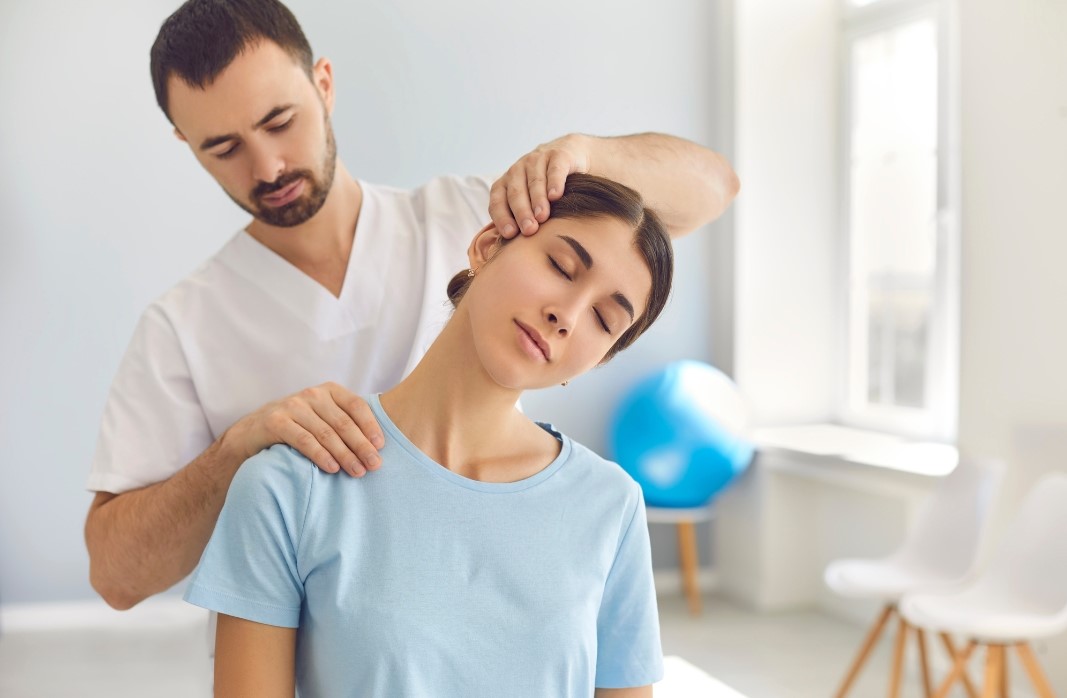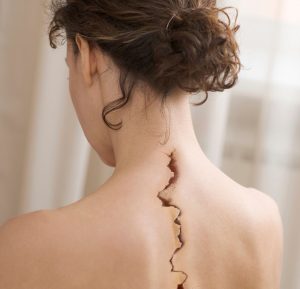Words You’ve Heard your Osteopath Say – Everyone does it.
Most of us will cut corners in our communication using industry-specific language and acronyms as it can be very efficient – There’s probably words you’ve heard your Osteopath say but may not be sure what they mean. As Osteopaths, we want to ensure we communicate clearly with our patients, good communication is vital when we work with you so in this blog we define some of osteo-related words we use when consulting and helping our patients.

What is an osteopath?
Firstly, what is an osteopath? Well, apart from the obvious answer that we’re the incredibly talented (and good-looking if we say so ourselves) specialists who help you feel and move better, an osteopath is a highly qualified practitioner of osteopathy. Osteopathy is a complementary medicine that focuses on the neuro-musculoskeletal system; bones, muscles, nerves, and other tissues that support your body and control its movements. It’s name comes from the Ancient Greek ostéon) ‘bone’, and πάθος (páthos) ‘pain, suffering’) and it’s traditionally been associated with the physical manipulation of the body. What do we mean by manipulation? More on that later.
Consultation & Treatments
Like most healthcare providers we provide treatments after a thorough consultation. A consultation is a meeting between the healthcare provider and the patient. Our initial meetings might be a little different; We take a holistic view of your body, your pain and your life, so osteopathic consultations can be very detailed. We like to know about past injuries and your lifestyle factors and will probably assess your hips, ankles, posture, and gait even though you “only” came in to discuss knee pain. We know that it’s all connected, so only after understanding the pain and its likely causes can we move to treatment – the activities and exercises we administer and prescribe to encourage healing and health. These might include dry needling or acupuncture (both involve the insertion of needles to stimulate healing, but dry needling focuses on trigger points to release muscular tension while acupuncture focuses on energy paths through the body as understood in traditional Chinese medicine.) Or we might use a machine to apply ultrasound therapeutically – using sound waves to promote tissue healing. (We know – it sounds like sci-fi, but it works!) Or we’ll manually manipulate the muscles, soft tissues and joints into alignment and balance, encouraging the body to heal itself.
We bring an in-depth knowledge of human anatomy to our work. This helps us find the small thing causing the big pain. (Anatomy by the way just means the structure of living things – in this case you – just the incredibly complex and amazing way your muscles, ligaments, tendons, blood vessels, nerves, and every organ of your body work together… for the most part in amazing alignment and balance.) So, yes we’re experts in your anatomy –, specifically the musculoskeletal system. We deal a lot with bones (you know what they are) ligaments and tendons. Those last two tend to be discussed together so perhaps we should explain what they are and how they differ. Ligaments connect bones to other bones, while tendons connect muscles to bones. They’re both fibrous soft tissues. We discuss them a lot together because they are very similar in their make-up and in how we might treat them.
The team here at Body@Boronia in Melbourne’s eastern suburbs are here to help you in any ways we can for maximum health. We know a lot about how the human body works and we want to use that knowledge to help you feel better and live better. We hope this little glossary helps clarify things for you, but if not, we’re always more than happy to explain anything and everything during your next appointment.
If you’ve got any concerns about pain or movement, please call us today on 03 9762 9445 or click on the BOOK ONLINE button at the top of the page to book in, we look forward to seeing you in the clinic soon.
References:
- Osteopathy Australia. What is Osteopathy. [Online] Available at https://whatisosteo.com/about-this-website/what-is-osteopathy/. Accessed on 25/11/2022.
- Sureepong, A. (2019) How Mobilization Techniques Benefits Osteopathy. [Online] Available at https://nationalacademyofosteopathy.com/wp-content/uploads/2019/12/How-the-Mobilization-Techniques-benefit-Osteopathy.pdf. Accessed on 25/11/2022.
- 3. My Cleveland Clinic. (2021). Osteopathic Manipulation Treatment (OMT) [Online] Available at https://my.clevelandclinic.org/health/treatments/9095-omt-osteopathic-manipulation-treatment#:~:text=Osteopathic%20manipulation%20is%20a%20safe,can%20live%20a%20healthy%20lifestyle. Accessed on 25/11/2022.






